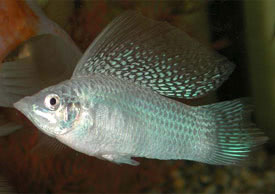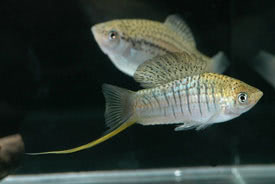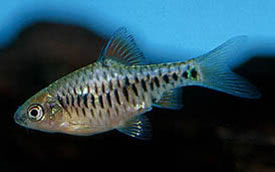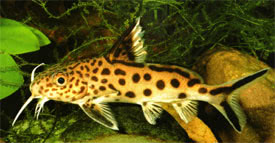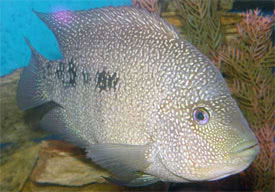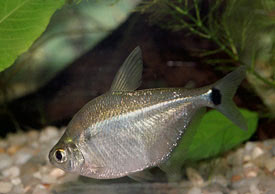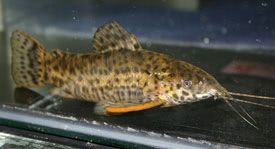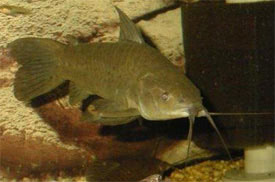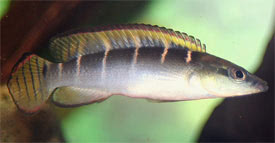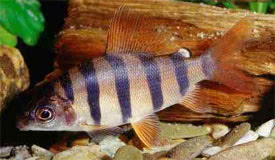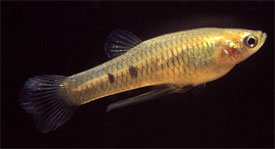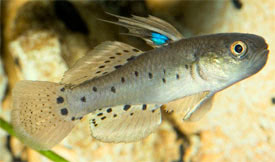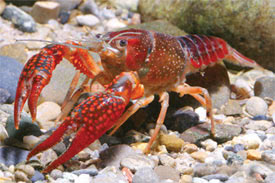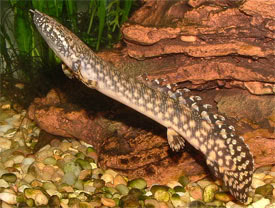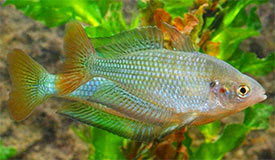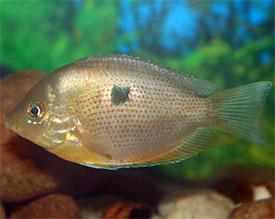
 Magyarul / Hungarian
Magyarul / Hungarian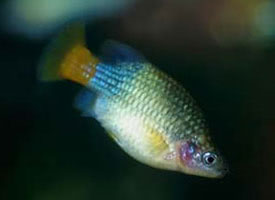
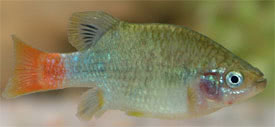
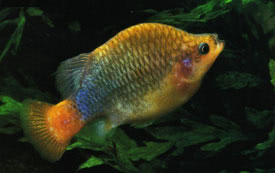
- Scientific name : Xenotoca eiseni
- Common name: Redtail splitfin
- Group: Livebearers
- Habitat: Central America; Mexico
- Size: Males:5-7 cm, females:6-8 cm
- Biotope: Found in rivers, streams, and springs as well as in ditches, which are sometimes highly polluted.
- Social behavior: Collects in groups that have an alpha male. Males constantly pursue females and are pugnacious and scrappy toward each other and especially toward other species. In aquaria they have the reputation of being fin nippers.
- Diet: Omnivorous
- Breeding: Easy
- Tank: Minimum 100 litres
- Population: 8-10 fish for 150 litres
- Decoration: Thick vegetation.
- Temperature: 20-28 °C
- pH: 6-8
- Hardness: 10-20 NK°
- Lifespan: 3-4 years
Description: Males grow to 2.4 in (6 cm) in length and females to 2.8–3 in (7–8 cm). Sexually dimorphic and dichromatic. All fins are rounded. The dorsal fin of males is larger than that of females and is set over the anal fin, far back on the portion of the body that tapers to the caudal peduncle. The body is block-shaped, with a humpbacked appearance in mature fish. The depth of the caudle peduncle is much smaller than the body depth. The head is small and pointed. The basic background color of the body is brownish gray to beige; the degree of dark pigmentation is quite variable. Males are bright orange to red at the base of the caudal peduncle, with iridescent blue highlights on the forward part of peduncle between the anal and dorsal fins. The middle portion of the body has gold highlights, and the abdomen is reddish to yellowish near the operculum. The dorsal fin is sometimes black, the caudal fin is orange to yellow, and the anal fin is orange. Color patterns and intensities vary greatly by location, with colors in alpha males very pronounced. Females have a grayish beige body color, sometimes with silvery highlights; all fins are slightly yellow.
A live-bearing species with internal fertilization, the embryos being nourished by trophotaeniae. The gestation period is about 60 days. Brood size ranges from 10 to 40 fry, with reports of up to 100 fry.








